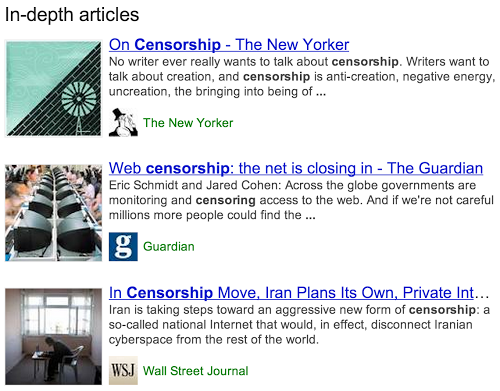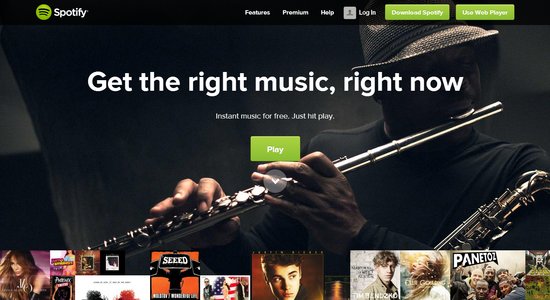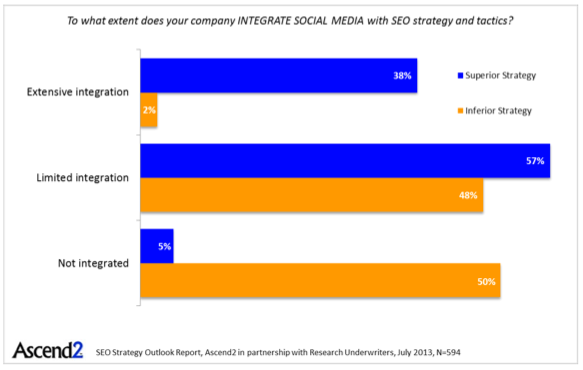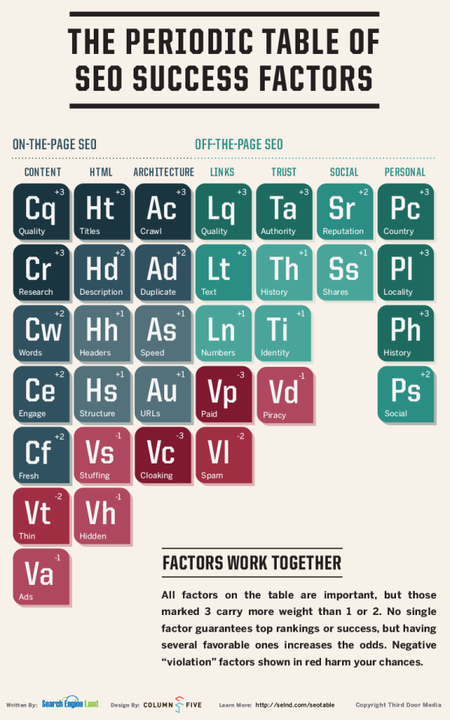For the past couple of months, it has almost seemed like PPC didn’t exist outside of the new Adwords Enhanced Campaigns. But, the world did keep turning the entire time we were focused on the big transition, and plenty of new tools and features came out that deserve way more attention than they got.
Now that everyone is settling into the new form of campaigns, it is time to go over everything we missed while we were distracted. Frederick Vallaeys from Search Engine Land (and former Google AdWords employee) did just that by exploring the new reports in AdWords that can help guide your optimization and maybe save you some stress and money.
Impression Share Reports at the Keyword Level
Impression share (IS) is a useful metric which tells you how often your ads are being shown when a query matches your targeting. If the targeting is matching and a local user searches for one your keywords, you obviously hope they are being shown your ad in that relevant moment, especially for keywords that are performing well according to your KPI.
Previously, IS was only available at the campaign and ad group levels, and was difficult to figure out if there was a specific keyword dragging you down or performing extremely well. Now, Google notifies you exactly what keyword has a low IS and allows you to make the changes necessary without hurting your other keywords in the ad group.
Top Movers Dimension Report
The top movers report shows the most likely causes for any huge declines based on the change report and makes it quickly clear what budget changes had occurred. Rather than having to research and experiment to figure out the cause of any anomalies in campaign performance, the report quickly tells you what you need to know so you can skip forward to repairing any mistakes.
New Keywords Below First Page Bid Filter
The AdWords interface has shown the keywords whose max CPC is below the first page for a long time, but there was no easy way to filter or sort the view to focus solely on keywords. Now, Google has added a filter which helps you get started optimizing and boosting impressions. Few users go past the first page, so staying falling off will lose you a lot of impressions.
Date Comparisons
Google has always made it reasonably easy to make changes and attempt to constantly improve your performance. They have even openly advocated for ongoing optimization and testing. But, actually measuring the results has never been particularly easy and nets you a lot of useless data. Now, with new Date Comparisons combined with the Top Movers report, you can quickly spot issues with an account and perform before-and-after comparisons







